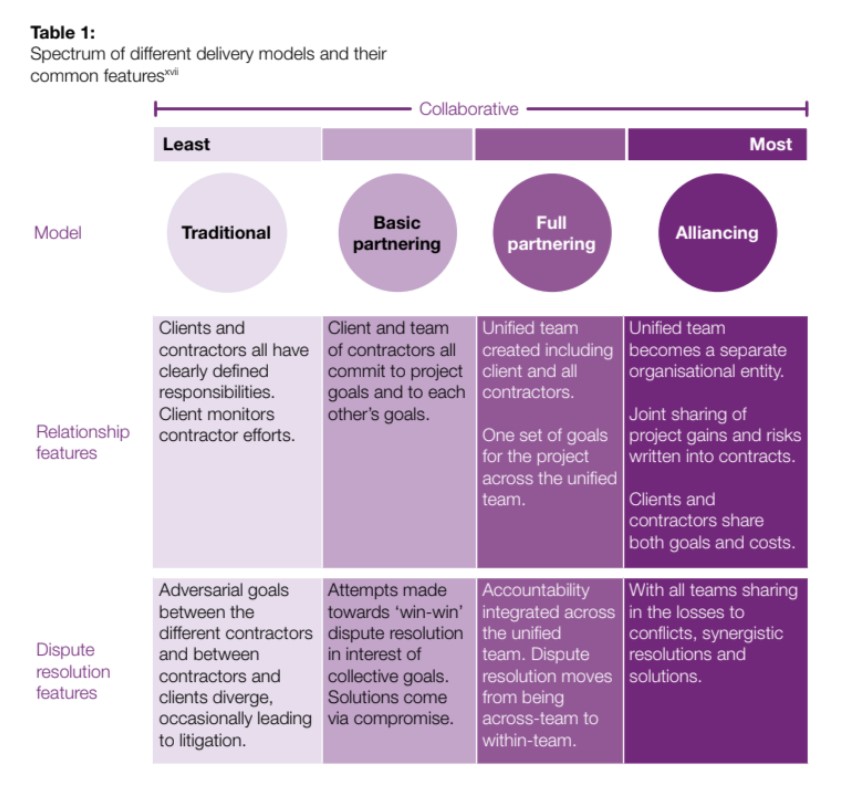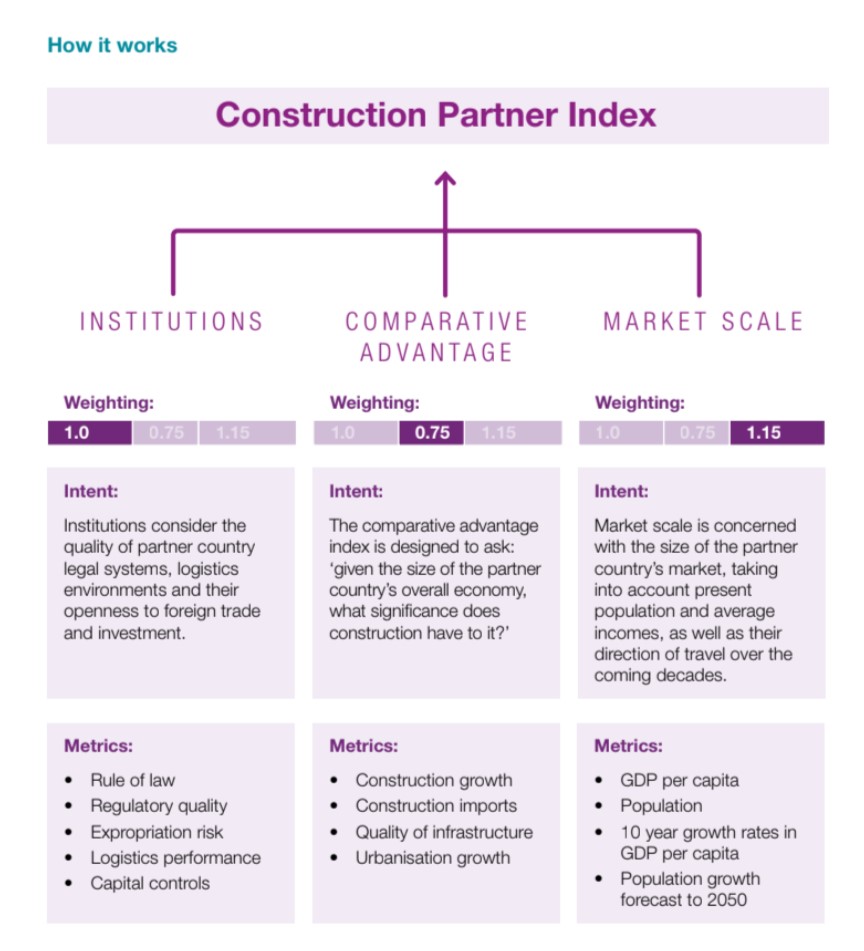An opportunity to transform project delivery
Partnering with other nations offers access to a wider knowledge pool from which to gain expertise.

Population growth, major infrastructure requirements and global ambition offer a huge opportunity to transform construction delivery in Sub-Saharan Africa. With construction being a key factor in boosting any country’s economic outlook, any opportunity to speed up and improve delivery should be taken seriously.
As we know, global inflation is causing challenges across the globe and, in construction, increasing material and labour costs together with supply chain issues can delay completion of projects and programmes.
Partnering with other nations offers access to a wider knowledge pool from which to gain expertise. This integration of programmes and project delivery can lead to us more effectively tackling these challenges.
A recipe for success
Mace’s latest report ‘Building Global Britain’ explores how using the delivery partner model can help countries all over the world to transform delivery of construction programmes by reducing delays and cost-overruns while creating growth for economies to thrive. It identifies the great benefits which could also be seen in Sub-Saharan Africa, should this kind of approach be widely adopted.

Source: Mace, Global Britain Report
In a nutshell, the delivery partner model moves past traditional delivery. By concentrating on mature, proactive, bold and delivery focused behaviours, it brings together talented people from different organisations under one banner. By centering around this collaborative approach, the programme reaps many benefits such as increased trust and transparency while minimising the risk of delays and conflict.
The delivery partner model is able to support projects through a variety of stages through integration and collaboration to contribute to the improvement of infrastructure.
The opportunity for Sub-Saharan Africa
The Mace report introduces the new Construction Partner Index, outlining opportunities for global partnership for construction and infrastructure delivery. Sub-Saharan Africa nations feature strongly under the ‘comparative advantage’ section, showing potential opportunities for global partnerships.

Source: Mace

Source: Mace
We are already supporting infrastructure projects for the benefit of local communities across Sub-Saharan Africa. For example, our programme delivery and project consultants led on Angola’s new Luanda Airport project, designed to become an aviation hub for the region.
Mace provided two services to the Angolan Ministry of Transport throughout the project: construction supervision and design review. Both were implemented to assist the client as a principal agent together with our subcontractors. Luanda Airport hosts 15 million passengers a year, making it a major transportation hub in and out of southern Africa, with the value to the region estimated at US$2.8 billion. The Luanda Airport project involved the construction of two runways, a 170,000m2 terminal with 30 gates and a rail link connection to the capital.
Collaboration and an holistic approach to this project was at the forefront of Mace’s delivery strategy. Working closely with suppliers, contractors and the Ministry of Transportation, Mace ensured the delivery was cohesive, with communication being critical between all parties involved. The delivery of the project made sure that expertise was shared, knowledge was gained, and responsibilities were distributed to allow for upskilling and cooperation in the team.
The model Mace used to develop accessible and sustainable venues for the Lima 2019 Pan American and Parapan American Games, ensuring their long-term future and creating a lasting legacy, can be used in Africa.
By using the delivery partner model, this major programme was procured, designed and constructed in just 22 months. The model also enabled us to pave the way for additional training and development by upskilling the local supply chain. Peru unlocked potential, with the workforce truly thriving as they delivered projects for the games. Imagine what this could do in Africa.
Local challenges
With rapid urbanisation across African economies, and the need to commit to ambitious net zero targets, there is an increasing need to boost the delivery of major construction programmes. As a UK-headquartered global business, Mace has long known the benefits of exporting knowledge across the world.
Forecasts show that Sub-Saharan Africa will have the highest population growth over the next decade. With the African population set to double to 2.5 billion by 2050, there will be untold strain placed upon current infrastructure. With global urbanisation rates predicted to increase by 12%, it is clear the built environment will need to change radically to meet burgeoning needs.
The built environment
Inadequate physical infrastructure is the single biggest threat to Africa’s long-term growth.
There are challenges that hinder our ability to improve aspects of local infrastructure. Lack of funding is a major challenge. Many Sub-Saharan countries are dealing with a large amount of public debt and are battling the impact of rising inflation rates. African governments are struggling to finance new infrastructure and maintain existing assets.
Social infrastructure is just as crucial as physical infrastructure. Healthcare and education are vital elements of daily life. It is therefore critical that facilities enabling these functions are maintained. But this requires funding. Whenever there is a lack of social infrastructure, pressure is placed across the entire economy.
Education unlocks endless opportunity and is key in increasing the number of skilled workers in every industry, including our own construction industry. Improving educational infrastructure, such as schools and community centres, opens the door to so many young people and can positively influence society.
Insufficient health care facilities can hinder the stability of communities. By focusing on medical infrastructure, we can improve the quality of life across communities.
The benefits of partnership are clear, but there is a long way to go. To get this right, it won’t be easy – but it will certainly be worth it. By sharing knowledge and expertise, we can change the world for the better.
Photo: Construction site - Darvill Waste Water Treatment Works Upgrade, South Africa (Source: Mace)

